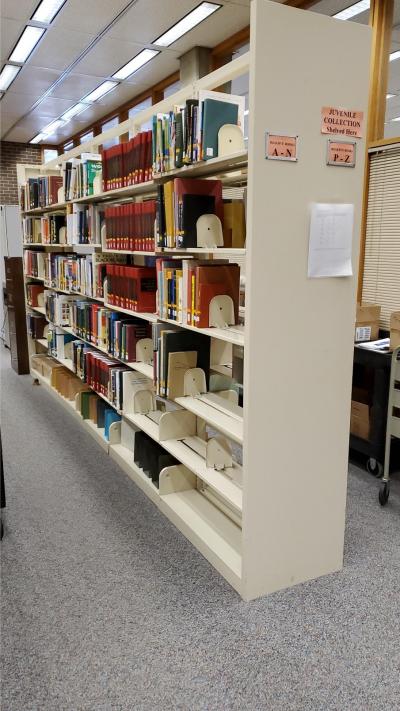Textbook affordability and accessibility issues are not new. We have seen alarming articles on how the rising costs of required course materials is overburdening college students and thwarting their efforts to achieve their educational and professional goals. But academic libraries are stepping up to advocate for students and to provide resources for both students and faculty and to support the instructional mission of their institutions.
During the Fall 2017 semester, Northern Illinois University Libraries established the Textbook Affordability Task Force with the aim of finding effective and sustainable strategies for tackling the high cost of course materials. The Task Force launched a pilot program to purchase high-dollar textbooks for high-enrollment courses and place them on two-hour reserve. Because the pilot program was so popular with students, faculty, and administrators, the University Libraries has continued its Textbook Purchase Program—acquiring pricey required course materials for instructors who commit to using these resources for at least three semesters. But while the Textbook Affordability Task Force has purchased items for more than twenty departments across five different colleges, giving undergraduate and graduate students access to the books, films, guides, lab manuals, or other resources they might not otherwise be able to obtain, we always knew this was a partial and short-term endeavor to combat a vast systemic problem. What students really need is free or low-cost materials that are accessible to every student, whether on our main campus in DeKalb, on one of the satellite campuses, or at home.
In tandem with the launch of the textbook pilot program, NIU Libraries created the “Textbook Affordability: Resources and Alternatives” Research Guide to provide information to faculty on how to find high-quality free and nearly-free materials for use in their courses as well as to students on how to request materials through I-Share and where to find required texts that are in the public domain. We actively promoted electronic Reserves, the use of digital materials in the Libraries’ collections, such as ebooks, streaming films available through Kanopy, and items in NIU’s digital repository, Huskie Commons.
When NIU Libraries had to close its doors to patrons for several weeks starting in March 2020, many of the strategies we had developed to connect students and texts were no longer available; no access to the building or interlibrary loan meant that we had to pivot. The Libraries devoted its energies and its resources to scanning print materials for e-Reserves, purchasing greater numbers of streaming videos and ebooks, and enlisting subject specialist librarians to work with their faculty across campus to find resources in new formats that students could access from anywhere.
In the last year, academic departments at NIU have started to express more interest in finding and using free resources and have teamed up with librarians to find Open Educational Resources (OER) —or freely accessible teaching and learning materials that are openly licensed or in the public domain—to replace the high-priced books in some of their first-year courses. And this Spring, NIU Libraries joined with the Center for Innovative Teaching and Learning to form a Course Material Affordability Task Force that “advocates for and supports the adoption of free and low-cost textbooks and other course materials as well as celebrates and commends faculty who make every effort to keep their course materials affordable.” Finding affordable textbooks and other course materials is still a work in progress, but NIU Libraries is helping the campus community move forward so that, eventually, textbook costs are no longer a barrier to students making their dream of a higher education a reality.
Our guest blogger today is Dee Anna Phares. Dee Anna is an assistant professor and subject specialist librarian at Northern Illinois Unviersity (NIU).
For more information on OER and on textbook costs in Illinois, see Elizabeth Clarage, Daniel Matthews, and Dee Anna Phares, “Out in the Open: Inclusivity, Access, and Open Educational Resources in Illinois,” ILA Reporter 39, no. 4 (March 2021): 56-59.


